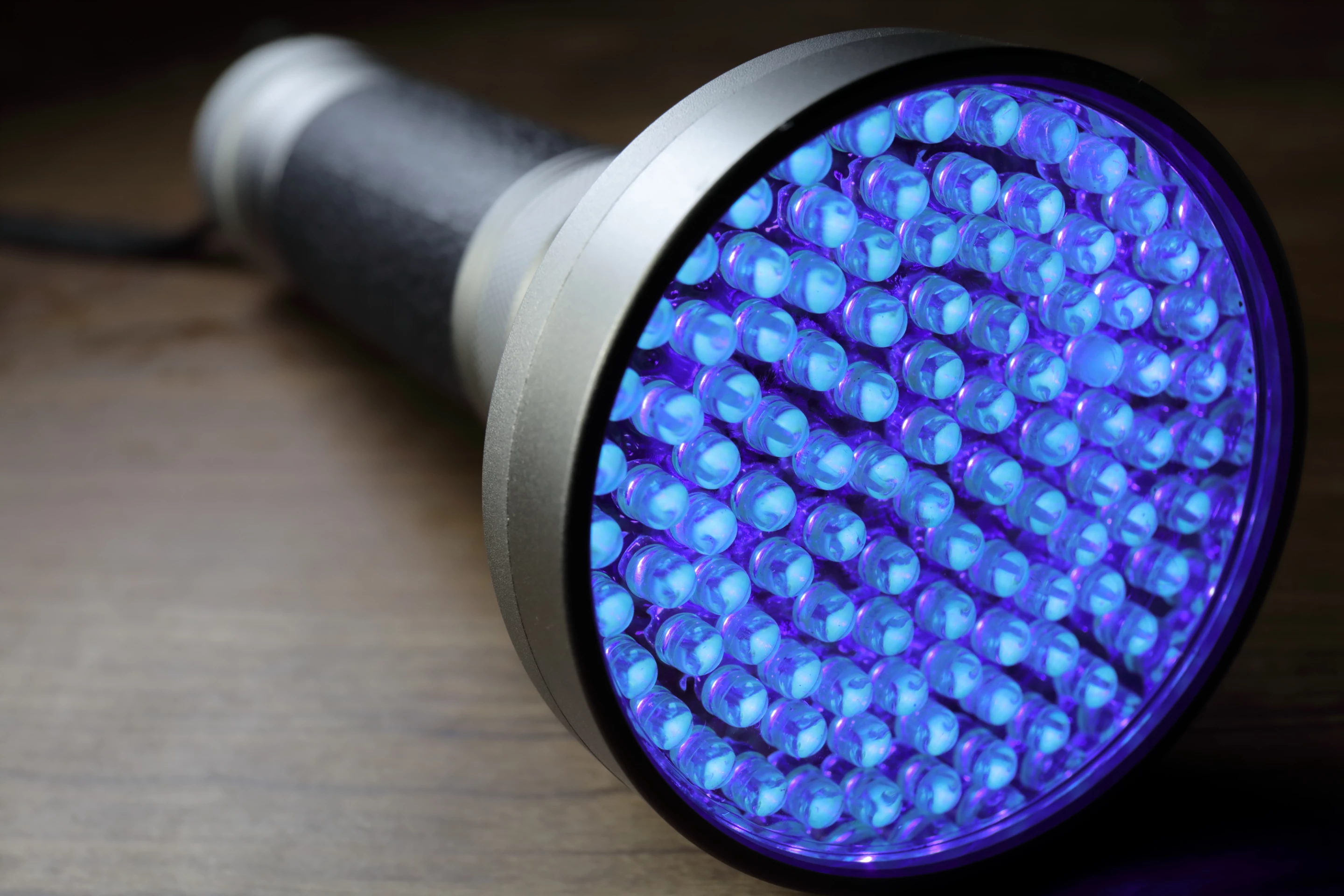Even though we're warned about the harmful effects of the ultraviolet (UV) rays in sunlight, they're essential for the production of vitamin D in the body. Now, scientists are claiming that UV LEDs could serve as a safe alternative to sunlight, when the latter isn't available in sufficient amounts.
Among other things, vitamin D helps reduce the loss of bone density and muscle mass, particularly in the elderly. And while the vitamin can be taken in supplement form, it's most effective when naturally generated by the body, in response to sunlight exposure.
Unfortunately, people living at northern latitudes may not get enough sunlight during the winter, when the daylight hours are reduced. Individuals with reduced mobility – such as the elderly – may also not be able to go outdoors often or long enough for sufficient UV exposure.
On the flipside, though, excessive exposure has been linked to health problems such as skin cancer and premature aging of the skin.
With this quandary in mind, researchers at Japan's Nagoya University started by determining the minimum dose and intensity of UV light required to generate sufficient vitamin D production in mice. Next, mice that had been genetically altered to age at an accelerated rate were irradiated twice a week by UV LEDs that were set to those levels. A control group received no UV exposure.
After 12 weeks of the treatment, it was found that the UV-exposed mice had higher blood serum vitamin D levels, along with increased bone density, muscle mass and strength. Importantly, though, no skin damage was observed.
The researchers are now developing a portable UV LED device for use by humans. It's intended to be mainly utilized by seniors to prevent or cure osteosarcopenia, which is a combination of decreased bone density and decreased muscle mass.
"With this device, all elderly people will be able to get enough vitamin D, the same amount or more than from sunlight, in an easy and safe manner at low cost," says the lead scientist, Prof. Yoshihiro Nishida. "It could be a promising approach for the prevention and treatment of this disease."
A paper on the research was recently published in the journal Scientific Reports.
Source: Nagoya University




